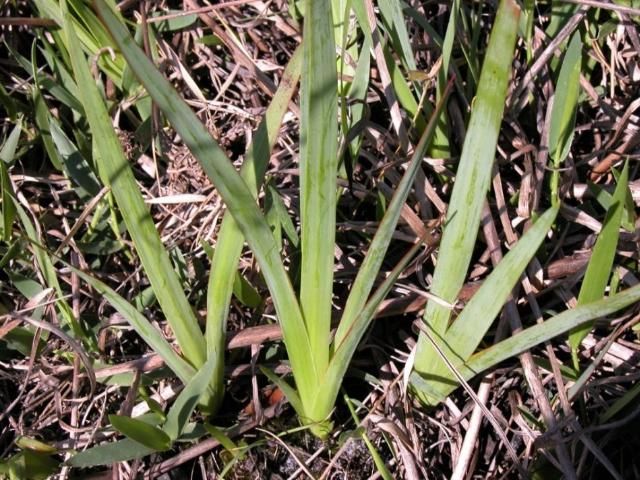Redroot is a wetland plant that grows in environments ranging from shallow standing water to seasonally wet flatwoods soils. The most readily identifying features of this plant are the characteristic red rhizomes (Figure 1) and the flattened leaves (Figure 2).


Credit: Jason Ferrell
Although redroot is not common in well-established pastures, it can be problematic in newly established areas or those with open spots resulting from pasture decline or mole cricket damage. Currently, no data exists for control of redroot in pastures.
Experiments were conducted in 2004 and 2006 to determine which herbicides were most effective for redroot control. It was observed that Weedmaster at 4 pt/A was the most effective and consistent herbicide. Although Remedy at 2 pt/A provided acceptable control in 2006, it is more costly and likely not superior to Weedmaster alone. Velpar, Metsulfuron, and Roundup Weathermax were ineffective and should not be considered for control of redroot.
If redroot is growing in a newly established pasture, applications of Weedmaster should not be made to limpograss (Hemathria) at any time or to bahiagrass until it reaches an average height of 6 inches. Weedmaster can be injurious to small bahiagrass, but bahiagrass greater than 6 inches tall exhibits a high degree of tolerance. No more than 2 pt/A Weedmaster should be applied to bermudagrass or stargrass until 60 days after establishment.